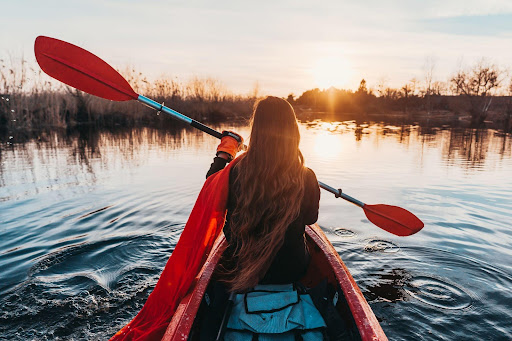It seems that holidays are around the corner and you are planning to treat yourself to an adventurous one. In this case, you may want to go kayaking in the freshwater Scottish loch of Loch Lomond. It lies between the lowlands of Central Scotland and the Highlands. Loch Lomond is home to picturesque villages, rolling countryside, mountainous hills, water sports, and a national park that houses thousands of wildlife species.
Let’s take a closer look at the list of things you should consider before planning a kayaking holiday.
Table of Contents
ToggleLearn the Basics
Kayaking is a water sport where if you go unprepared, it can result in a catastrophe. If you are a beginner, kayaking may seem intimidating. But with the help of an instructor, you can learn the basics such as how to:
- enter and exit the kayak,
- forward and back strokes, and
- sweep strokes to turn.
An important thing when learning to kayak is you need to hold your paddle the right way. Many riders make the mistake of holding it the wrong way, which makes it harder for them to paddle. Hold the paddle with both of your hands, making sure the knuckles are in line with the paddle blade.
Choose the Right Boat
Choosing the right boat is just as essential as learning to paddle. There are two main categories of kayak boats: flatwater and whitewater.
Recreational and sit-on-top kayaks are flatwater boats that are excellent for beginners or for families with small children. They are 12 feet long and wider than most boats, allowing them to provide good stability. If you’re planning to paddle through a quiet lake, these boats are perfect for you.
Playboats, river runners, and creek boats are whitewater kayaks and are usually very short, about six feet long. They are perfect for people who are looking to play with the waves. Read more on WaterSportsWhiz official blog for information on kayaks, paddles, how-to guides, and some tips and tricks.
Depending on your experience level and the type of adventure, you’d like, choose the boat that best meets your needs. That way you’ll be able to enjoy your trip more and reduce the chances of your kayak capsizing.
Don’t Go Alone
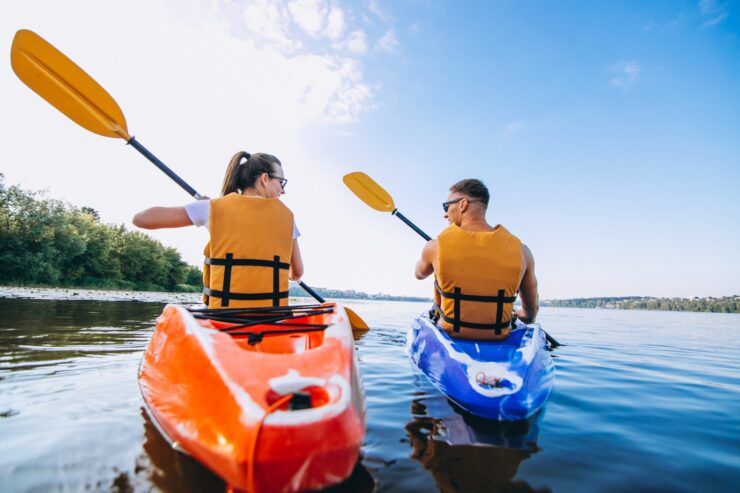
Irrespective of how experienced you are in kayaking, it’s never a good idea to do it alone. A fellow kayaker or paddler can rescue you if you get into trouble. Plus, you’ll have more fun with people around. As the saying goes, “the more, the merrier”.
Don’t Forget Safety Gear
Whether you are a beginner or you’re more experienced, a helmet and a floatation device such as a buoyancy aid or a life jacket or vest are essential when going kayaking. Other safety items include a whistle, ropes, bilge pump, flashlight and/or flares, a GPS map, and a compass.
You can also carry first aid kits for basic water injuries. These can include disinfectants, bandages, gauze, tweezers, rubber gloves, pain medication, and safety pins.
Learn Rescue Techniques and First Aid for Emergencies
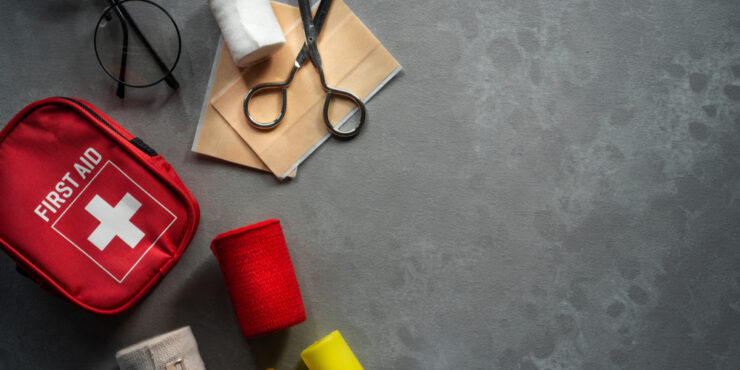
This is very important when learning to kayak. No matter your location or water conditions, you need to be able to rescue yourself and the people around you in the event of a capsize. Here are some techniques your instructor may teach you:
Buddy Rescue: Capsizes happen, even in the calmest of waters. When this occurs, hit your paddle hard on your capsized boat to draw the attention of your paddling buddies. They’ll paddle to the front of your boat forming a “T” and both the swimmer and rescuer will try to flip the boat upright again.
Self Rescue: Attach a paddle float to one of the paddle blades. Turn your boat upright and place the paddle on top of your kayak with the float on the water. Place your leg over the float, pull yourself up, and slide into the cockpit. Sit in the correct position and paddle away.
Wet Exit: This is an important technique to learn so you don’t get stuck inside the kayak when it capsizes. First, take a deep breath, find the grab loop, push it forward and then pull it off. Take off your legs out of the cockpit and push yourself out. Your floatation device or vest will take care of you.
In addition, learning basic first aid techniques such as giving CPR (Cardiopulmonary Resuscitation) is a life skill in itself.
Your instructor will guide you through the capsize drills and will also show you some tips and tricks on how you can right the boat and get back in. Make sure you go through these simulations as they’ll help you understand what you should do in every scenario.
Dress For the Water
Since you decided to go kayaking, it is very likely you’ll fall in the water a couple of times. If you’re tempted to wear tank tops and shorts in sunny and humid weather, remember that the water in that area may be icy cold. Therefore, it is advised that you dress according to the water temperature. Even if you don’t fall in, you’ll be splashed a lot, so it’s best to be prepared.
If you’re planning to kayak in cold weather, dry and wet suits can keep you warm even when you are out of the water. Don’t forget to use sunblock on the exposed areas of your skin.
Bring an Extra Set of Clothes
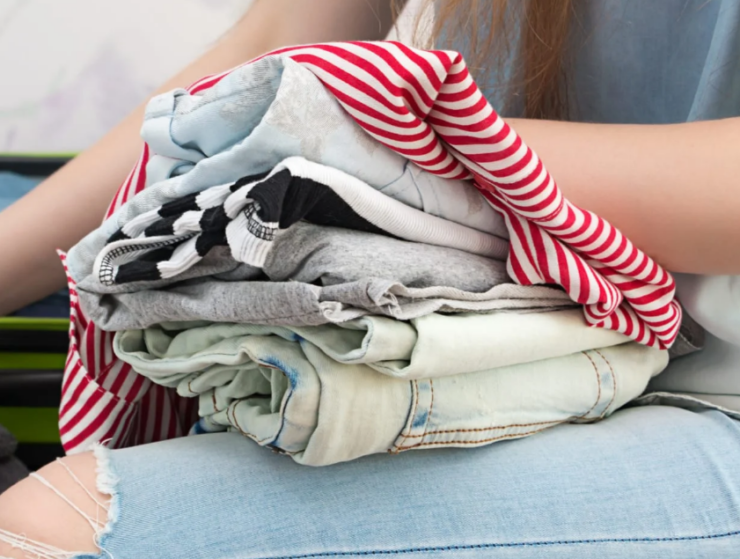
This may be obvious, but when kayaking, you’re bound to get wet. Bring in one or two sets of clothes so you can change them as soon as you get out of the water. Even if you’re planning on kayaking on still and calm waters, you never know when you’ll need the spare sets.
Learn About Potential Hazards in the Water
Kayaking in Loch Lomond will take you to Inchmurrin, Torrinch, Creinch, and many other islands. Whether you’re kayaking with friends or family, it is essential to understand the potential hazards that exist in the water. Here are some things you should watch out for:
Shallow Water: It’s better to avoid shallow water as even the best kayakers and swimmers have difficulty paddling and swimming in these conditions. If you still plan to go through it, be very careful when paddling. Make sure your safety gear is firmly in place and keep an eye on the children (if you’re traveling with them).
Sudden Change in Depth: The water in lochs tends to change depth unexpectedly. Loch Lomond is no different. It has steep drops very close to the shore, so before going in the water make sure you research the area as much as you can. If you’re traveling with family, it’s a good idea to travel in the waters you are most familiar with.
Avoid Blue/Green Algae: Blue/green algae produces toxins that can cause rashes if in contact with the skin and a number of illnesses if swallowed. Therefore, it’s best to avoid kayaking during the summer months when blue/green algae are present.
Unseen Hazards: These are potential hazards that include the depth of the water, rocks, logs, and uneven or sharp surfaces that may pose danger in the event of a capsize.
Save People, Not Property
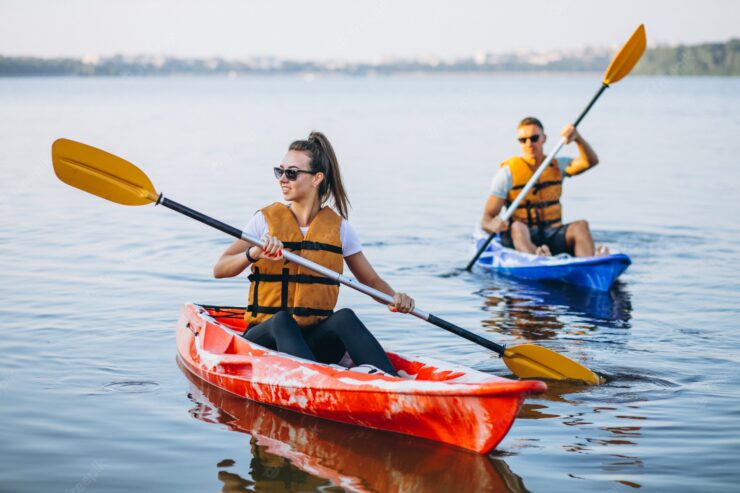
Another obvious point but a very important one. Paddles, boats, and kayaks can be replaced, but people can’t. So when you go kayaking, remember that saving people and helping each other out is more important than holding on to materials.
Stay Sober
If you’re planning on kayaking, don’t drink alcohol as it can cloud your judgment and impact your swimming abilities. Avoid alcoholic drinks and treats before getting into the water.
Know Your Location
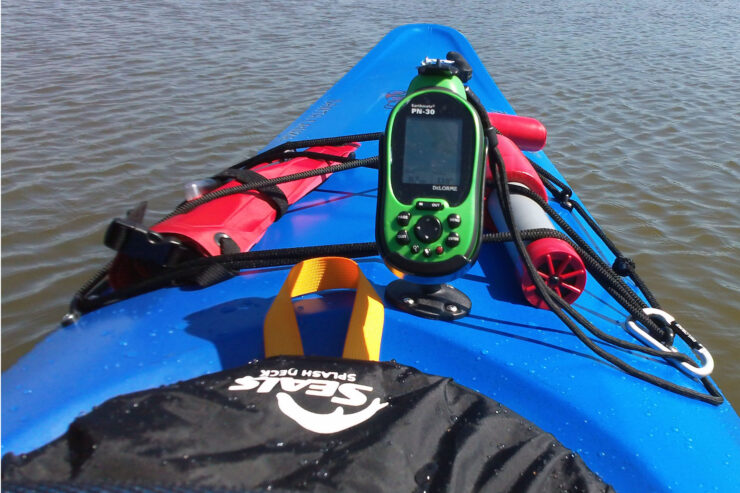
You can easily lose your way when kayaking in Loch Lomond. Carry a GPS, map, and compass to know your location at all times. There are also apps available that’ll find your exact location and also send it to the emergency services if needed. This way, in case of an emergency, you can alert the authorities nearby so they can rescue you and the people around you.
However, in the event of a capsize, float on your back in the water and try not to panic. Don’t swim too far from your location.
Final Thoughts
Kayaking can seem intimidating, but once you learn the basics and rescue techniques, you’ll be a pro in no time. But before entering the water, practice riding a kayak, possibly in a small river, and practicing rescuing yourself and others.
Also, before getting into the waters of Loch Lomond, find out which areas you’ll be most comfortable kayaking in. Dress according to water temperature and remember to bring floatation devices with you. In addition to kayaking, you’ll also get to watch wild animals in their natural habitat and discover many historical places. Get ready for the adventure of a lifetime!
Adelaide Gentry, a seasoned kayaking enthusiast and expert, is the driving force behind KayakPaddling.net. With over a decade of experience navigating the world’s most challenging waterways, Adelaide combines her passion for adventure with a deep knowledge of kayaking to provide insightful and practical guidance for paddlers of all levels.
Related Posts:
- 16 Best Kayak For Beginners 2024 - Kayaking Adventure Gear
- Heavy Duty Fishing: 11 Best Rods And Reels For Big Fish 2024
- 12 Best Beach Wagons & Carts 2024 - For All-Terrain
- 10 Best Fish Finders Under $200 2024 - Top Affordable Picks
- How to Stay Safe on Slow Moving Waters When Paddle Boarding?
- 20 Best Inshore Spinning Reels 2024 - Capturing All…

